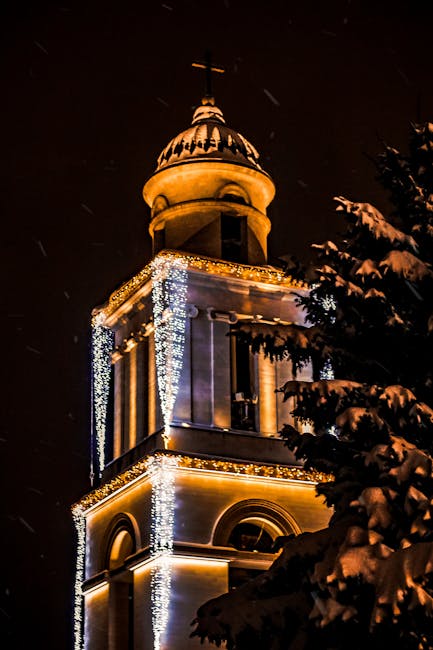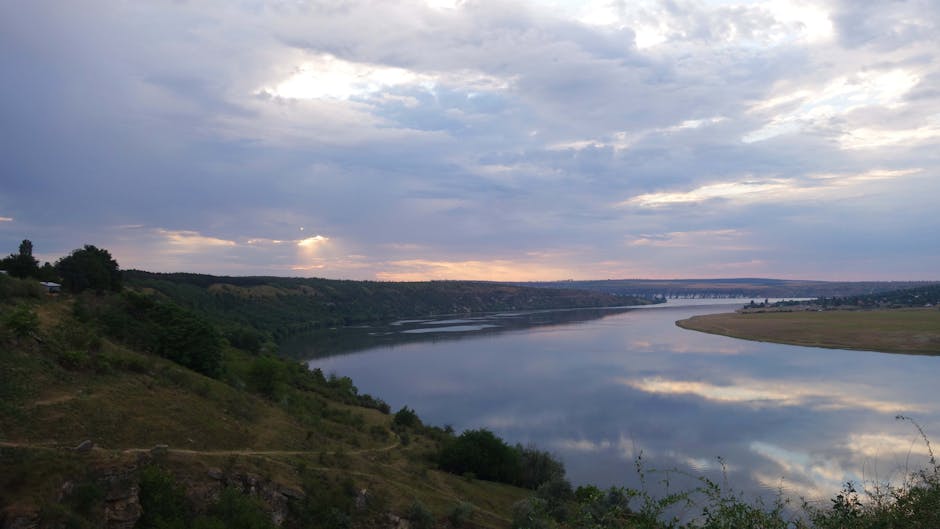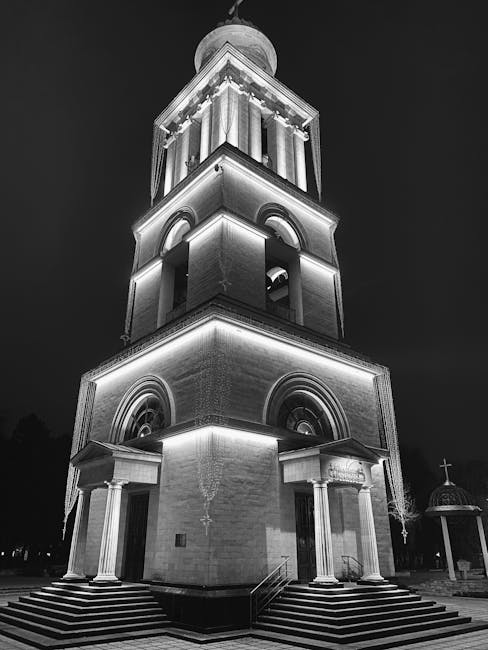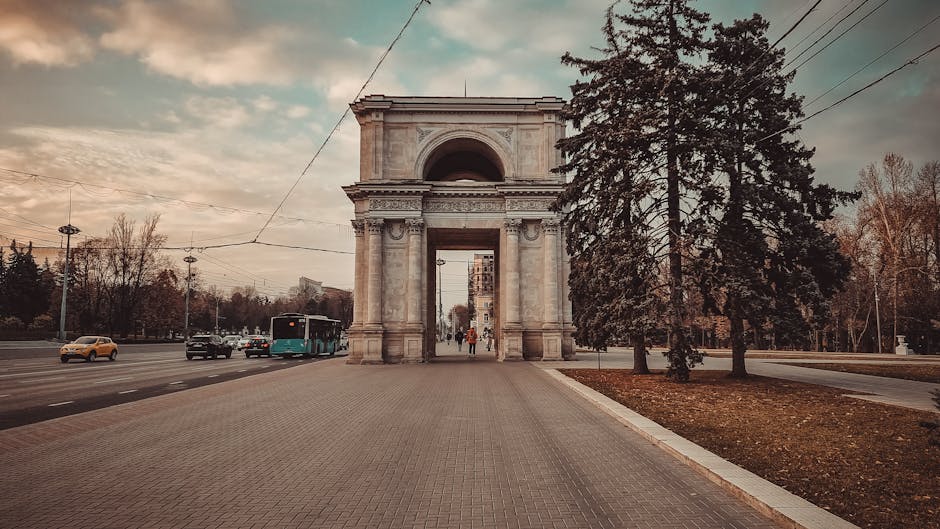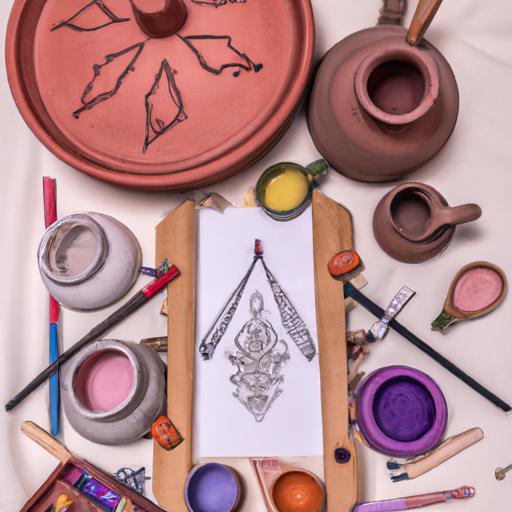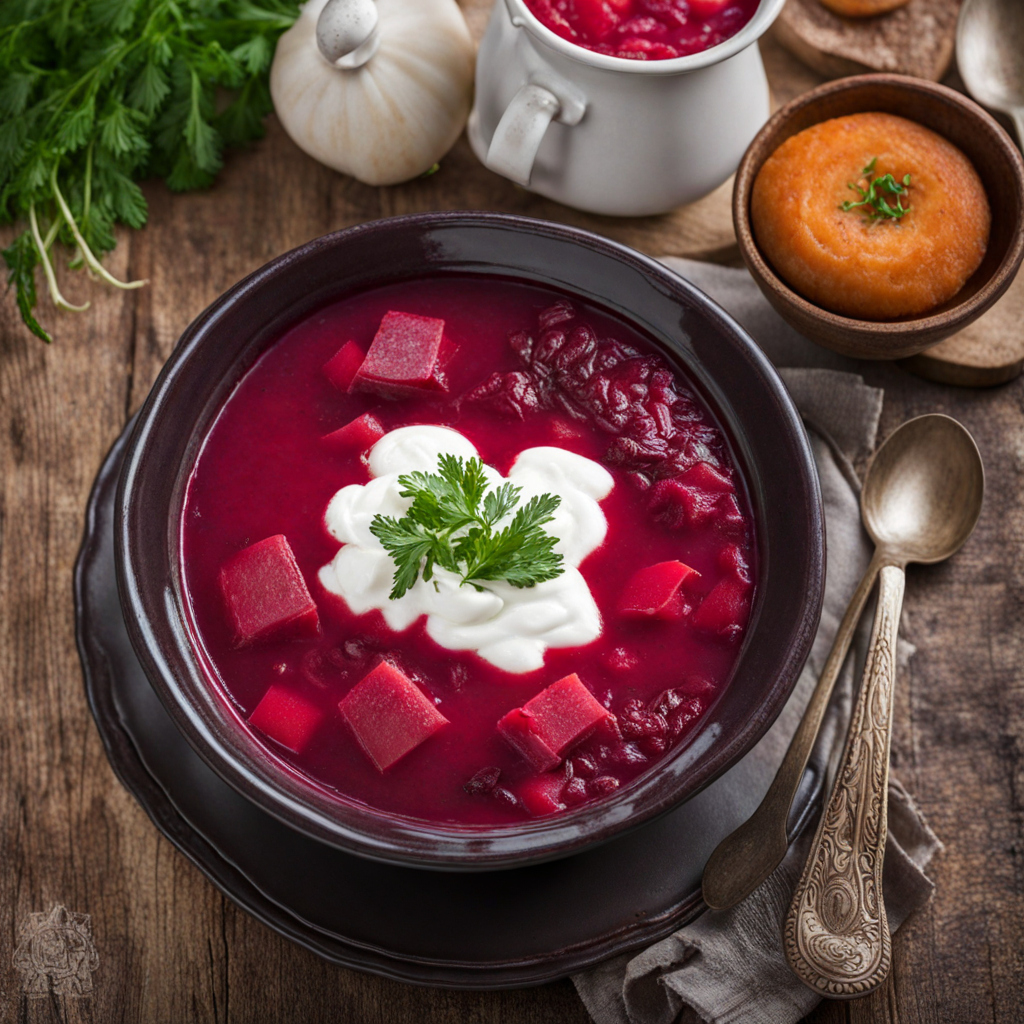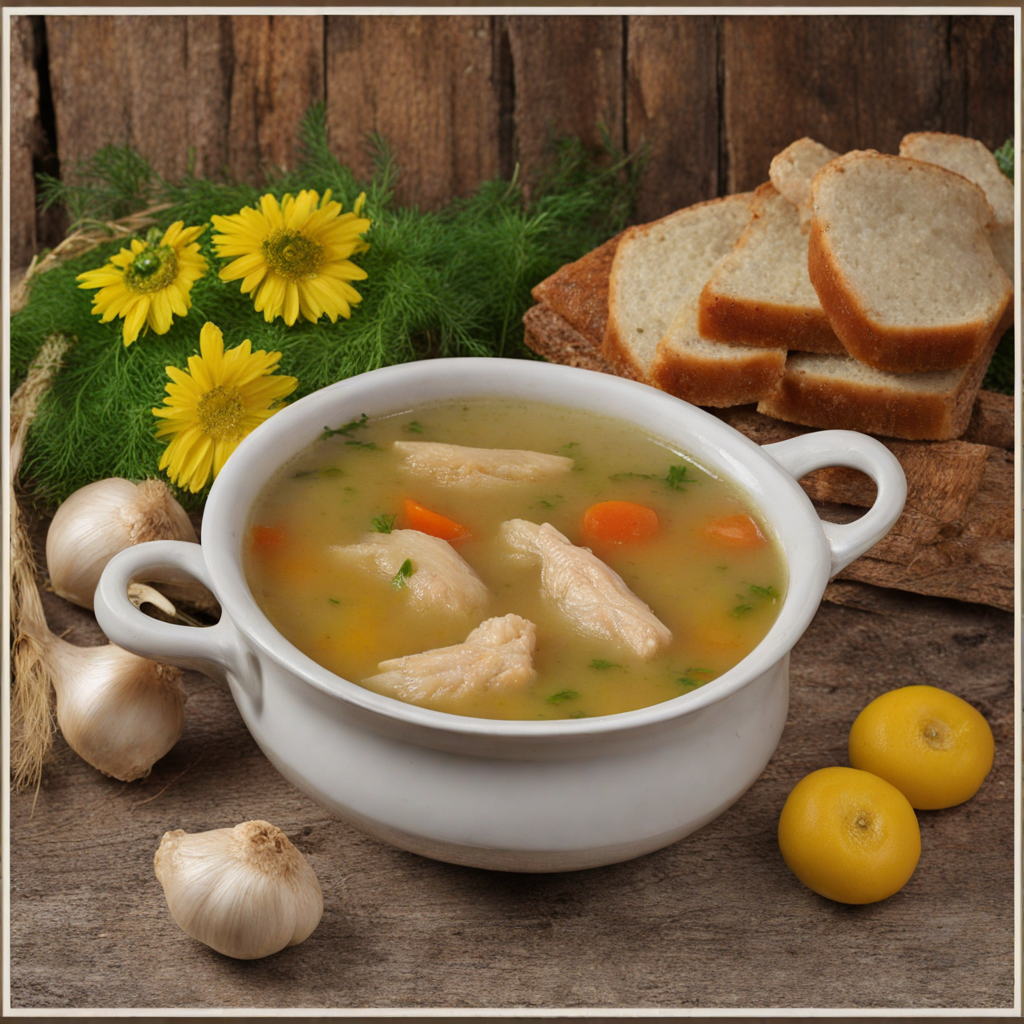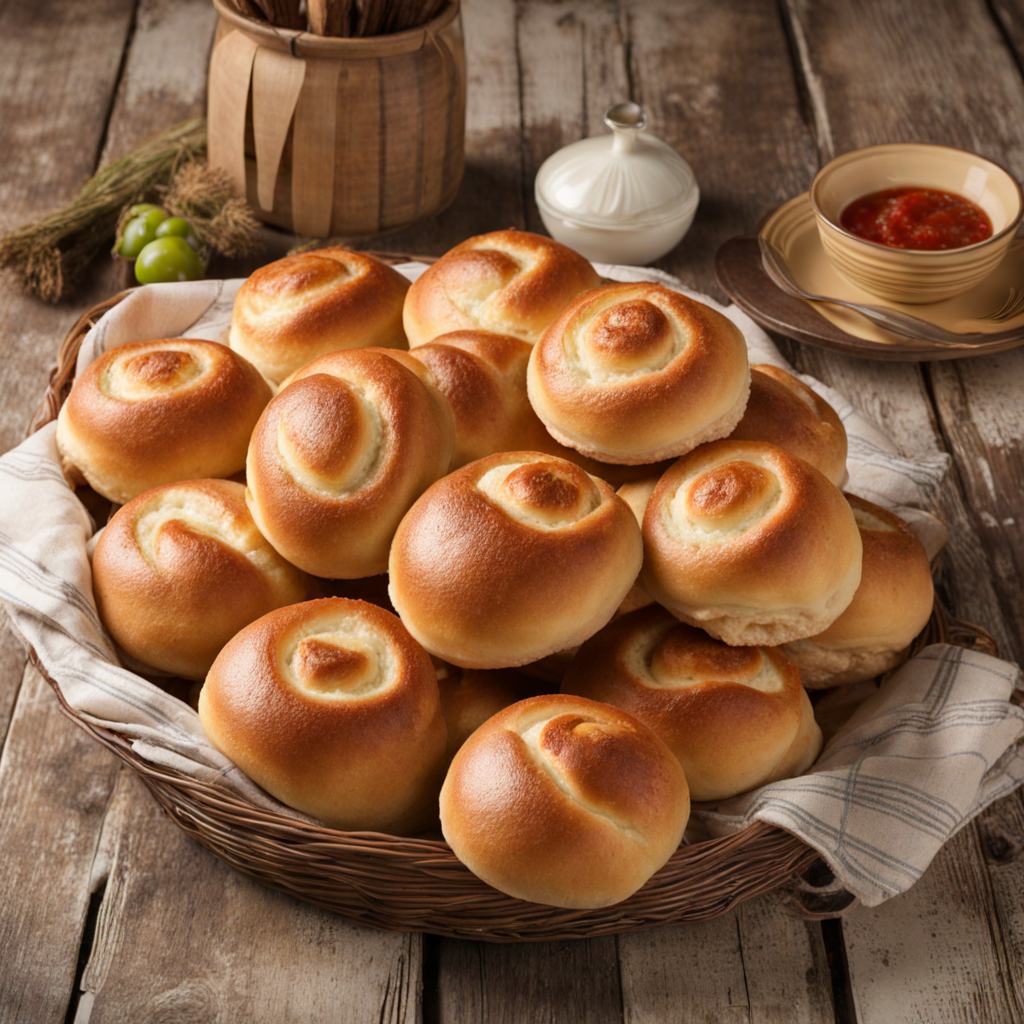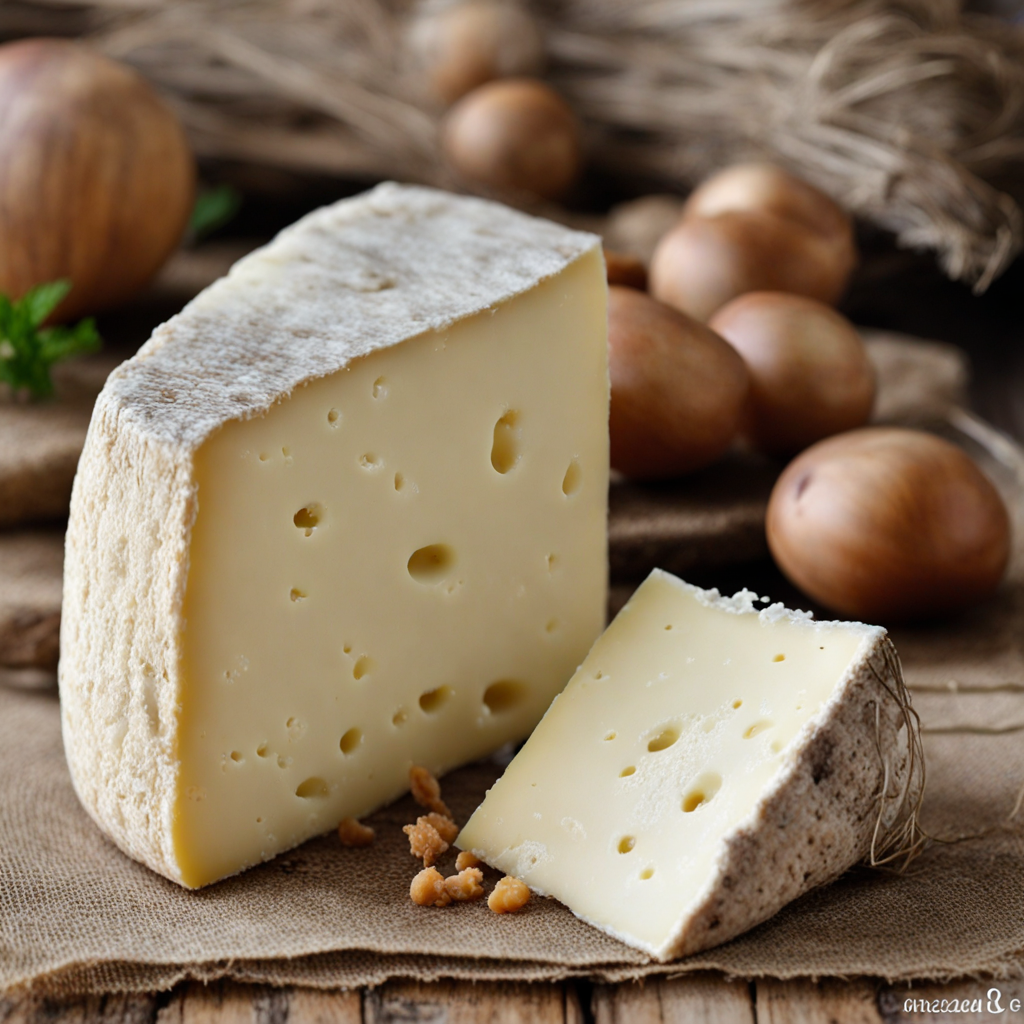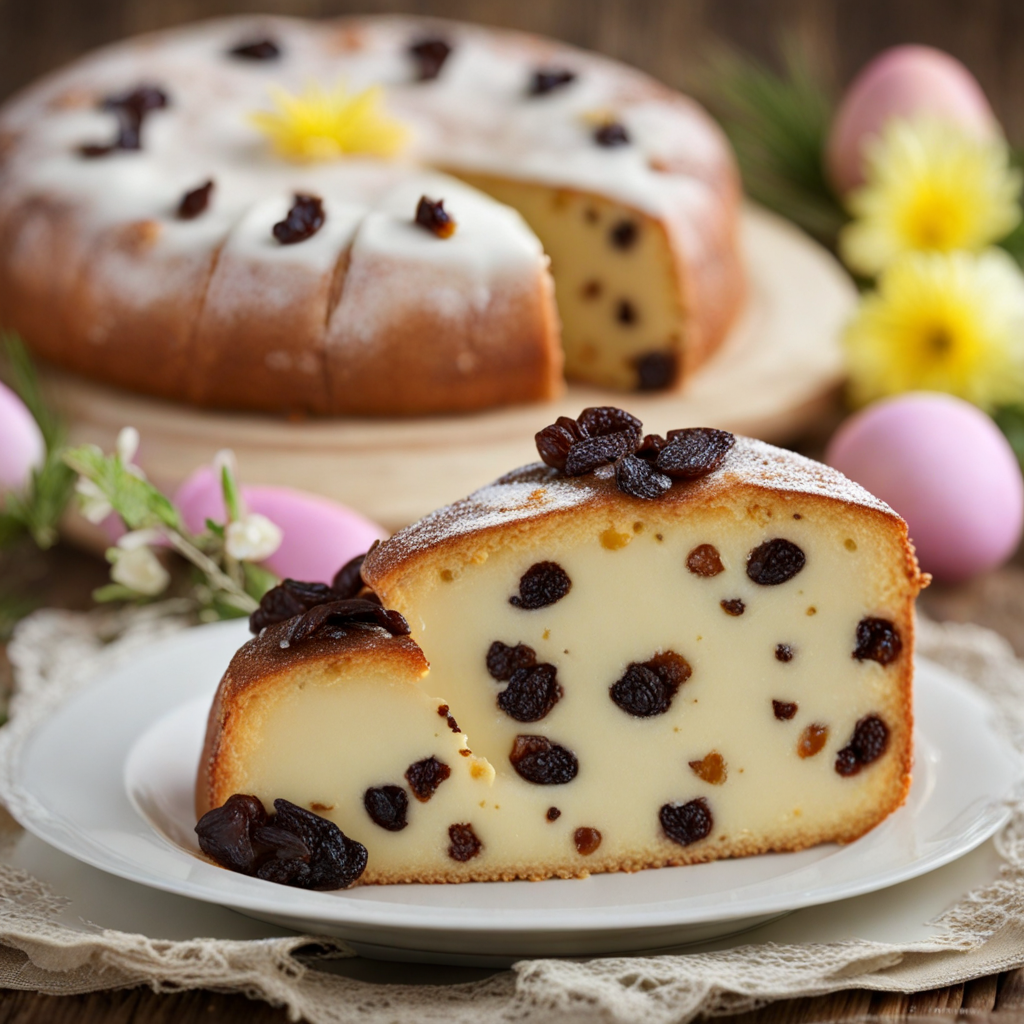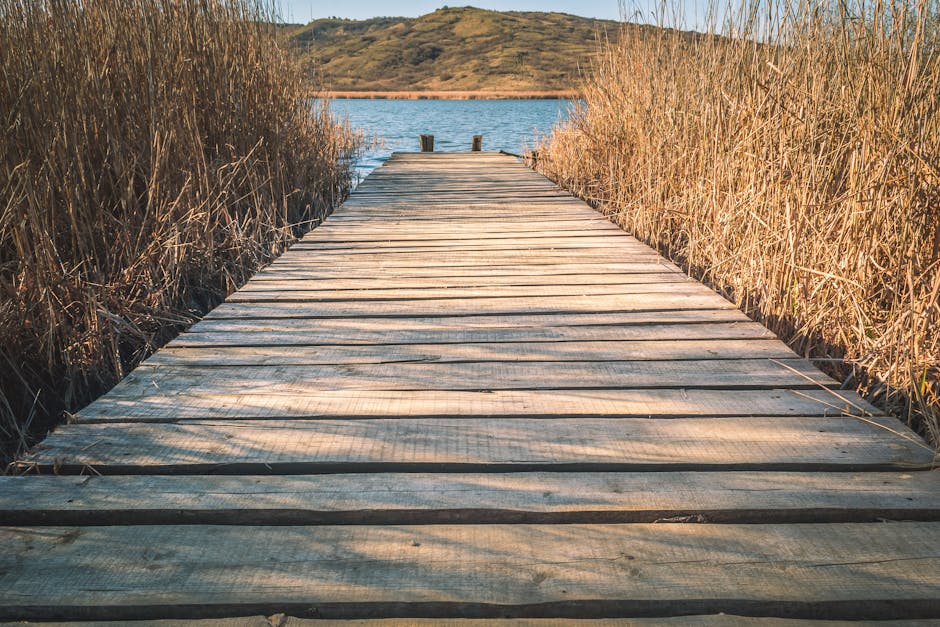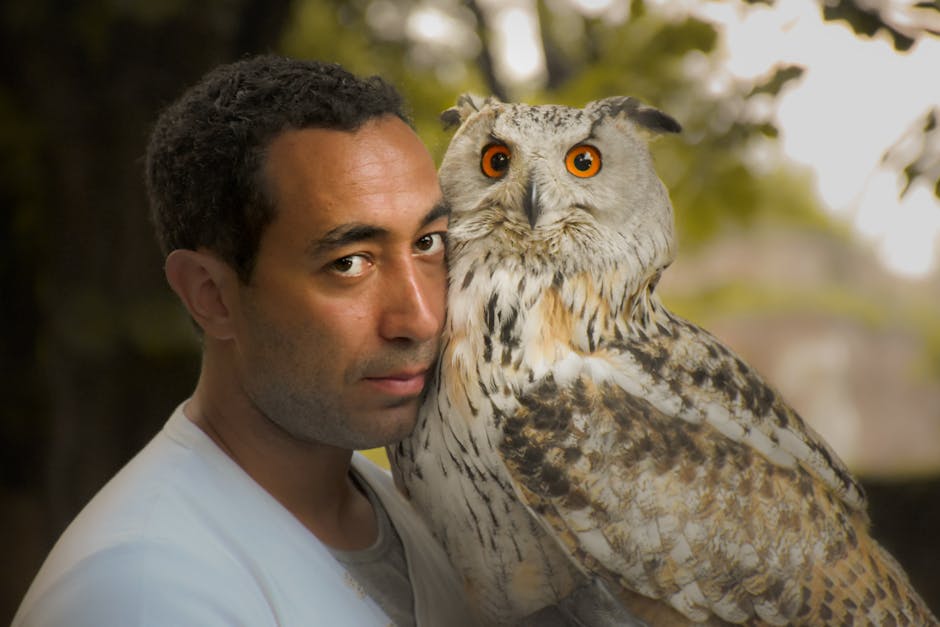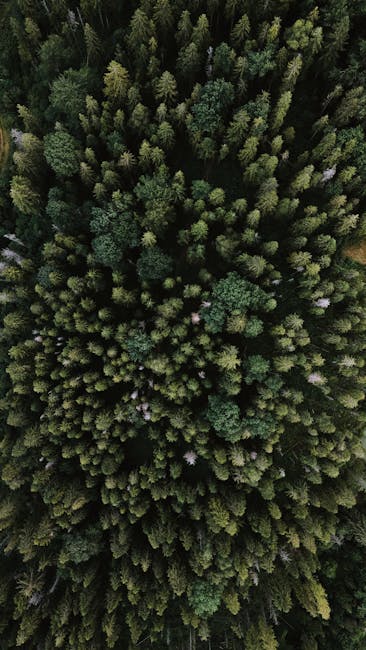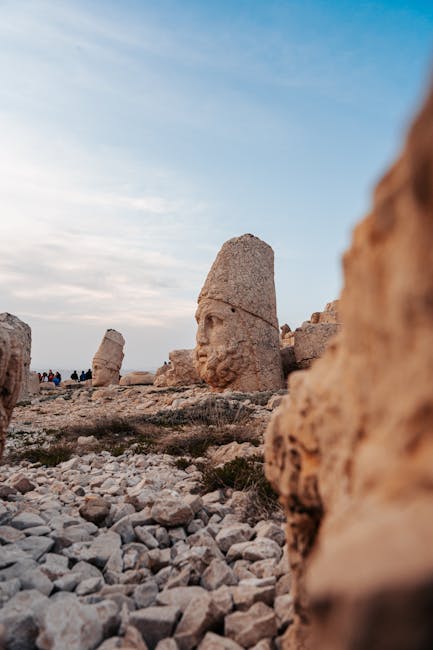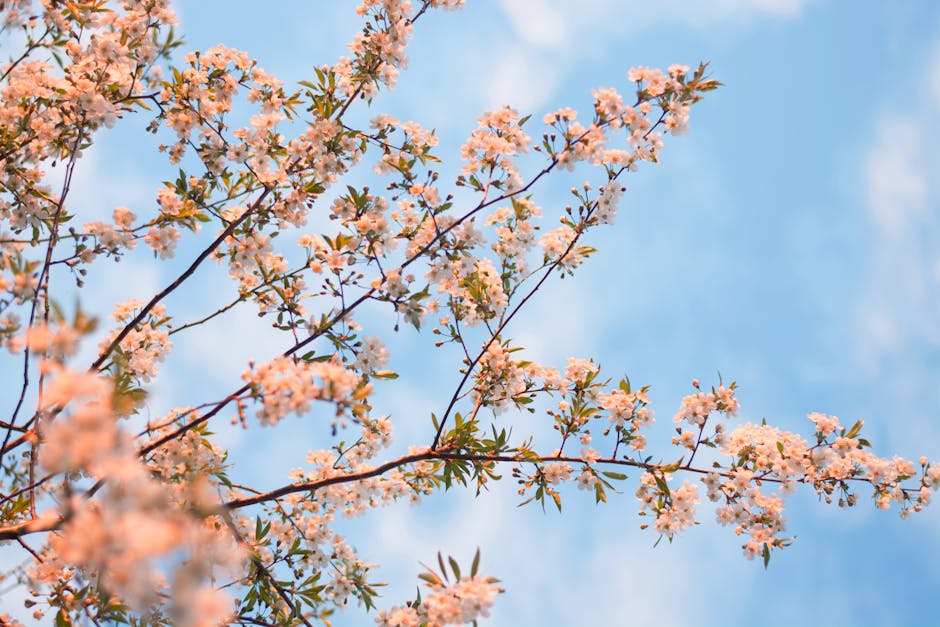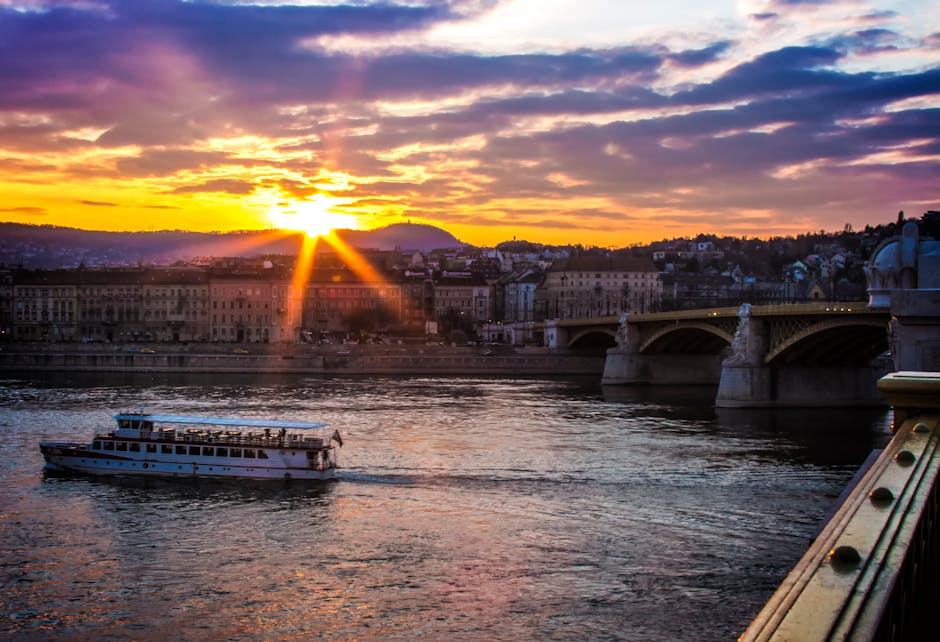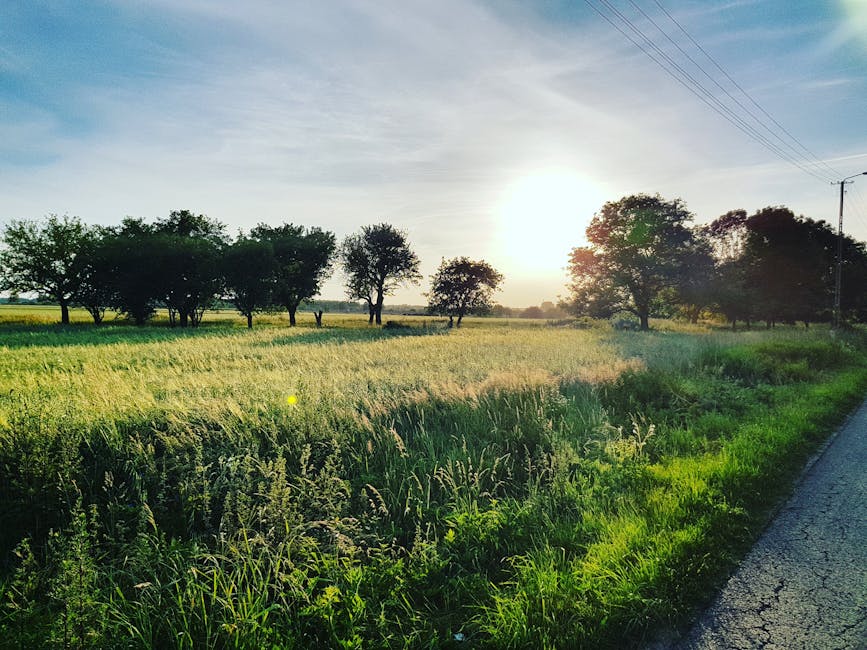Moldova
Overview
Moldova, a small landlocked country nestled between Romania and Ukraine, is a hidden gem filled with rich culture and history. Known for its unspoiled countryside and vineyards, Moldova has a unique cultural blend of Romanian and Soviet heritage. The country's language is Romanian, although Russian is widely spoken. Its capital city, Chisinau, is home to many Soviet-style architecture, parks, and museums. Moldova is particularly renowned for its wine, and the country boasts one of the largest wine cellars in the world. The hospitable locals, diverse culinary scene, and the traditional folklore music and dance make Moldova all the more distinctive and charming.
The peak tourist season in Moldova is during the summer months, from June to August, when the weather is warm and sunny, with temperatures ranging from 20°C to 30°C. This is an ideal time for outdoor activities such as hiking, cycling, and exploring the scenic countryside. The country's vineyards also offer wine tasting tours during this period. Additionally, the summer season coincides with the National Day of Wine in October, a festival where you can taste a variety of delicious local wines, enjoy traditional music, and participate in grape harvesting. Winter in Moldova is cold and snowy, which provides opportunities for ice skating and enjoying the winter landscapes.
Before traveling to Moldova, it's important to check visa requirements as some countries may need to apply for a visa beforehand. Ensure that your passport is valid for at least six months beyond your planned departure date. It's also advisable to check any travel advisories or safety concerns. The currency of Moldova is the Moldovan Leu, and it's useful to have some local currency on hand as credit cards may not be accepted everywhere. English is not widely spoken outside of the major cities, so learning a few basic phrases in Romanian or Russian could be beneficial. Lastly, remember to pack appropriate clothing for the season you are visiting in, and consider packing a rain jacket as showers can occur year-round.
A Glimpse into the Past
Moldova, a small landlocked country in Eastern Europe, is a treasure trove of history and culture waiting to be explored. Nestled between Romania and Ukraine, it boasts a rich tapestry of influences that have shaped its identity over the centuries. The history of this nation is a story of resilience, transformation, and vibrant traditions.
Ancient Roots
The territory of modern-day Moldova has been inhabited since the Paleolithic era. Traces of ancient civilizations, including the Geto-Dacians, can still be found in archaeological sites across the country. The Dacians, known for their fierce resistance against Roman expansion, established a rich culture that left a lasting impact on the region. Evidence of their settlements can be explored at sites like Orheiul Vechi, a stunning archaeological complex that showcases ancient cave monasteries and fortresses.
As the centuries progressed, Moldova became a crossroads of various empires. The region was influenced by the migrating tribes during the early Middle Ages, with the Slavs and later the Mongols passing through. By the 14th century, the principality of Moldavia was founded, becoming a significant political entity in the region. The historical capital, Chisinau, emerged as a vital center of trade and culture.
The Ottoman Era
In the 15th century, Moldavia entered a period of Ottoman domination. Although it retained a degree of autonomy, the influence of the Ottoman Empire was palpable. This era saw the construction of numerous fortresses, mosques, and caravanserais, many of which can still be visited today. The Old Town of Chisinau, with its charming streets, reflects the architectural styles from this period.
The struggle for independence was a recurring theme during Ottoman rule. Notable figures like Stephen the Great, a national hero, fought valiantly against the Turks, and his legacy continues to inspire Moldovans. His fortress in Suceava stands as a testament to his efforts, offering a glimpse into the past with its impressive fortifications.
Russian Influence
By the late 18th century, Moldova found itself caught between the competing interests of the Russian Empire and the Ottoman Empire. After a series of conflicts, parts of Moldavia were annexed by Russia, leading to significant cultural and political changes. The Russian Empire promoted the spread of Orthodox Christianity, and many churches built during this period still stand, such as the beautiful Nativity Cathedral in Chisinau.
The 19th century marked a time of significant social and economic change, with an increase in education and the arts. This era also saw the rise of a national consciousness among the Moldovan people, culminating in movements for autonomy and independence.
World War I and the Interwar Period
The aftermath of World War I brought further transformation. In 1918, the Union of Bessarabia with Romania was declared, marking a significant shift in Moldova's political landscape. During this period, the region experienced a cultural renaissance, with an emphasis on education and the arts, as seen in the museums and galleries throughout Chisinau.
However, this union was not without its challenges. Many Moldovans felt a sense of cultural alienation as Romanian policies often overshadowed local customs and traditions. The interwar period saw tensions rise, as the quest for a distinct Moldovan identity became more pronounced.
World War II and Soviet Era
The devastation of World War II brought tumult to Moldova once again. After the war, the Soviet Union annexed Bessarabia, and Moldova became a Soviet republic. This era was marked by significant industrialization and the collectivization of agriculture, which transformed the rural landscape. The Memorial to Victims of Political Repression in Chisinau serves as a poignant reminder of the suffering endured during this time.
Soviet influence permeated all aspects of life, from education to culture. Despite the oppressive regime, a unique Moldovan culture began to flourish, blending traditional folk elements with Soviet ideologies. The National Museum of Ethnography and Natural History in Chisinau showcases this rich tapestry of heritage.
Independence and Modern Moldova
The collapse of the Soviet Union in 1991 marked a turning point for Moldova. The country declared independence, embarking on a challenging journey toward self-determination. The early years of independence were tumultuous, with economic hardships and political instability.
Today, Moldova presents a unique mix of Eastern European and post-Soviet influences. Visitors can explore the historical sites in Chisinau, including the majestic Arcul de Triumf, which stands as a symbol of victory and resilience. The city is also home to parks, museums, and a vibrant cultural scene that reflects the nation’s diverse heritage.
Wine Country
Moldova is renowned for its exquisite wine, often referred to as the "land of wine." The Milestii Mici and Codru wineries are particularly famous, with the former holding the Guinness World Record for the largest wine cellar in the world. Visitors can explore the vast underground tunnels and sample a variety of local wines, a true delight for connoisseurs.
Wine culture is deeply embedded in Moldovan society, with festivals celebrating the harvest taking place throughout the year. The National Wine Day, celebrated in October, attracts visitors from around the world, offering a chance to experience the country’s rich viticultural traditions.
Cultural Heritage and Traditions
Moldova's cultural heritage is a vibrant tapestry woven from various influences, including Romanian, Russian, Ukrainian, and Gagauz traditions. Folk music and dance are integral to the national identity, with events like the Martisor Festival showcasing traditional crafts and customs. The handmade red and white strings symbolize the arrival of spring and are worn for good luck.
Visitors can also immerse themselves in the vibrant traditions of Moldovan cuisine, which features hearty dishes like mamaliga (cornmeal porridge), sarmale (cabbage rolls), and a variety of delicious pastries. Local markets, such as the Central Market in Chisinau, offer a sensory experience of colors, flavors, and aromas, inviting travelers to savor the essence of Moldovan life.
Moldova, with its rich history, stunning landscapes, and warm hospitality, promises an unforgettable travel experience. From the ancient roots of its civilization to the contemporary vibrancy of its culture, every corner of this small nation tells a story worth discovering. As you wander through its picturesque villages, explore historical sites, and indulge in its culinary delights, you will gain a deeper appreciation for the enduring spirit of Moldova and its people.
Top cities for tourists in Moldova
Discover the Famous Cities That Might Captivate Your Interests
Must-Try Foods You Can't Afford to Miss
Indulge in a Variety of Fantastic Foods During Your Stay in Moldova
May Be Your Next Destinations
People often choose these countries as their next destination


